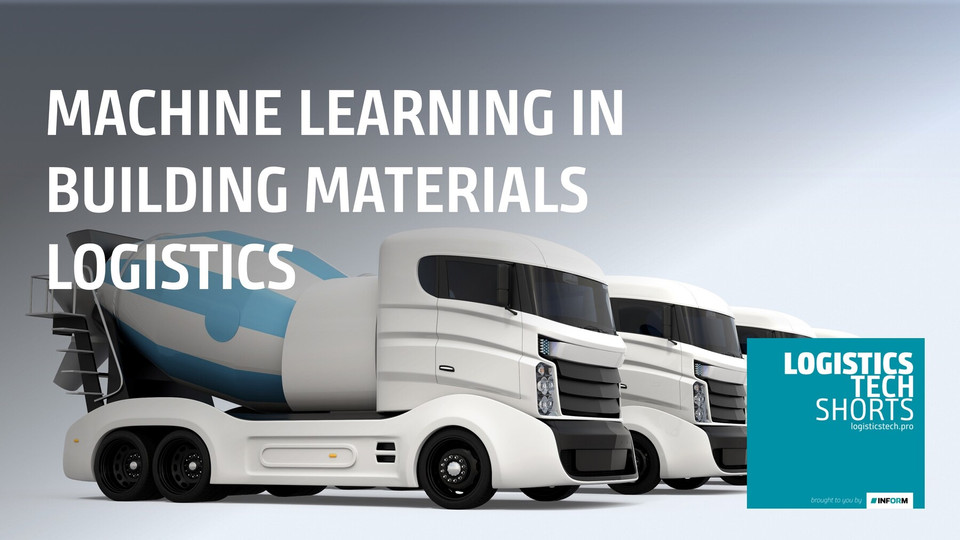On-Demand-Webinar
logistics tech shorts
MACHINE LEARNING IN BUILDING MATERIALS LOGISTICS
In this Logistics Tech Short we’ll explore how Machine Learning (ML) can help dispatchers in the cement, ready-mix, and aggregates business to further optimize their planning processes.
You'll learn
- The common pitfalls in ML projects
- The basic technology behind ML
- How to drive an ML project forward
- A proven best practice from the ready-mix industry
To watch the recording of this webinar, please fill in the form below.

